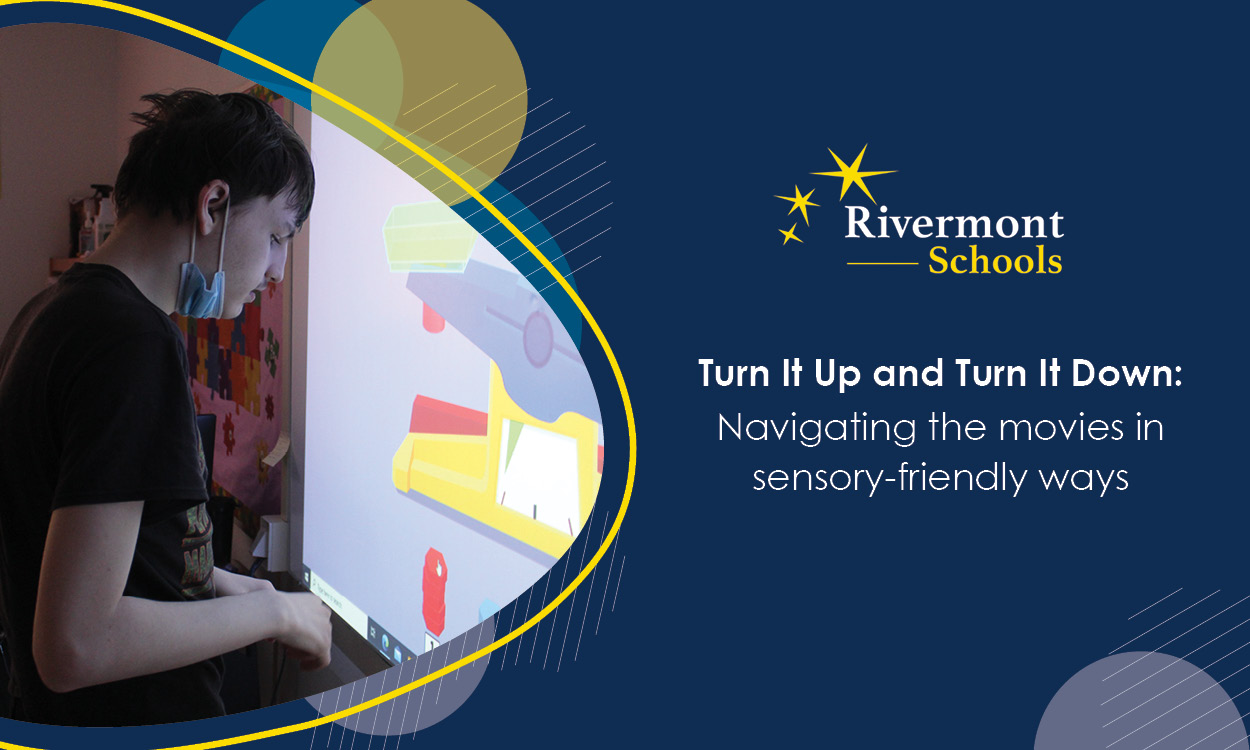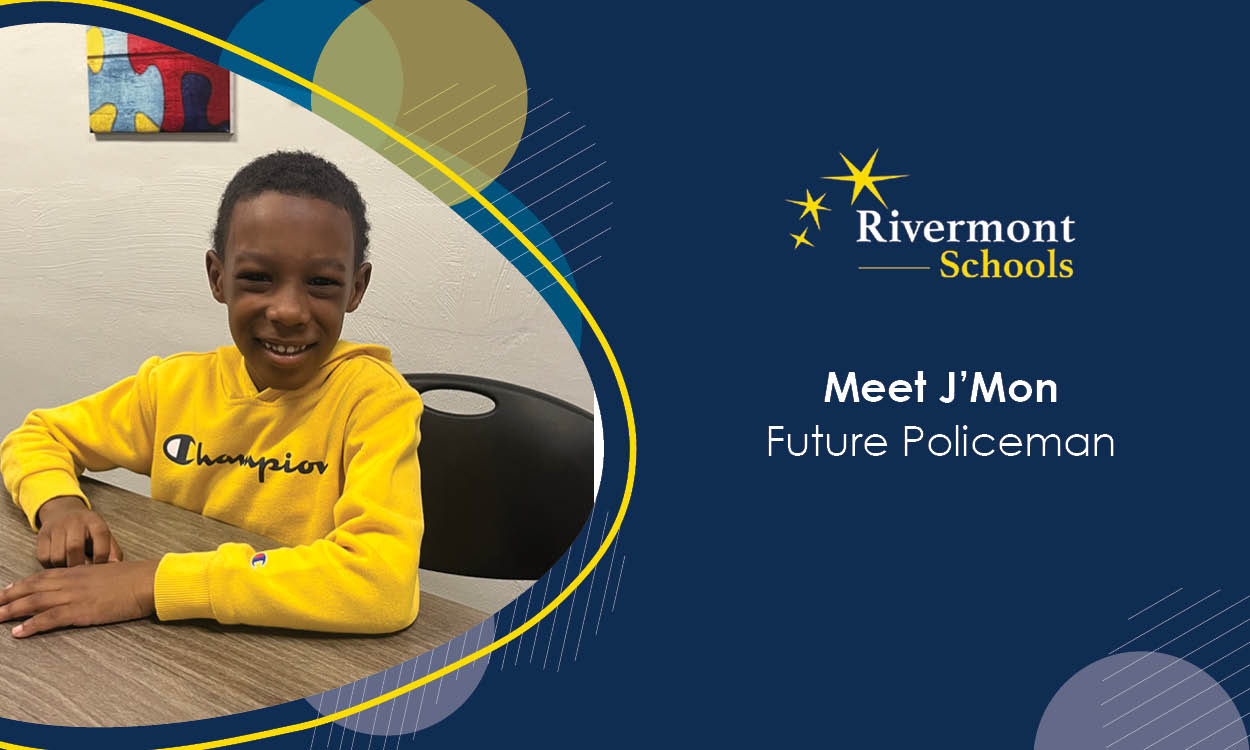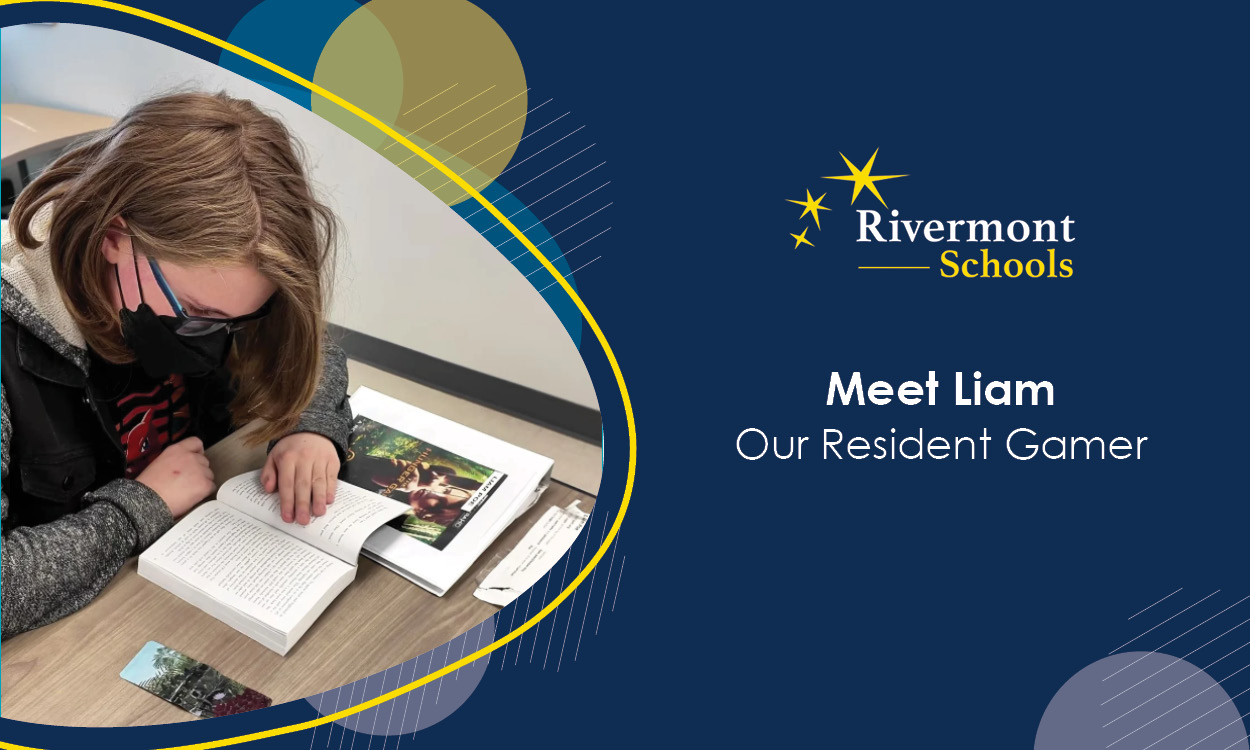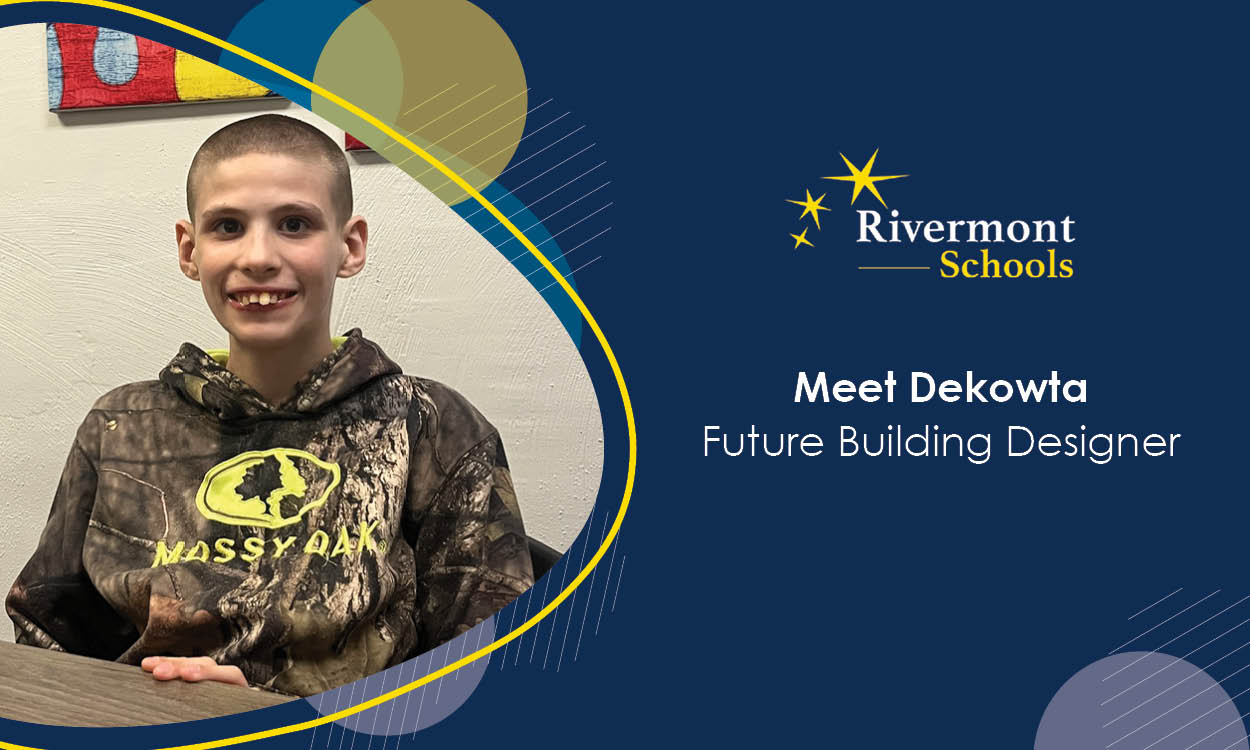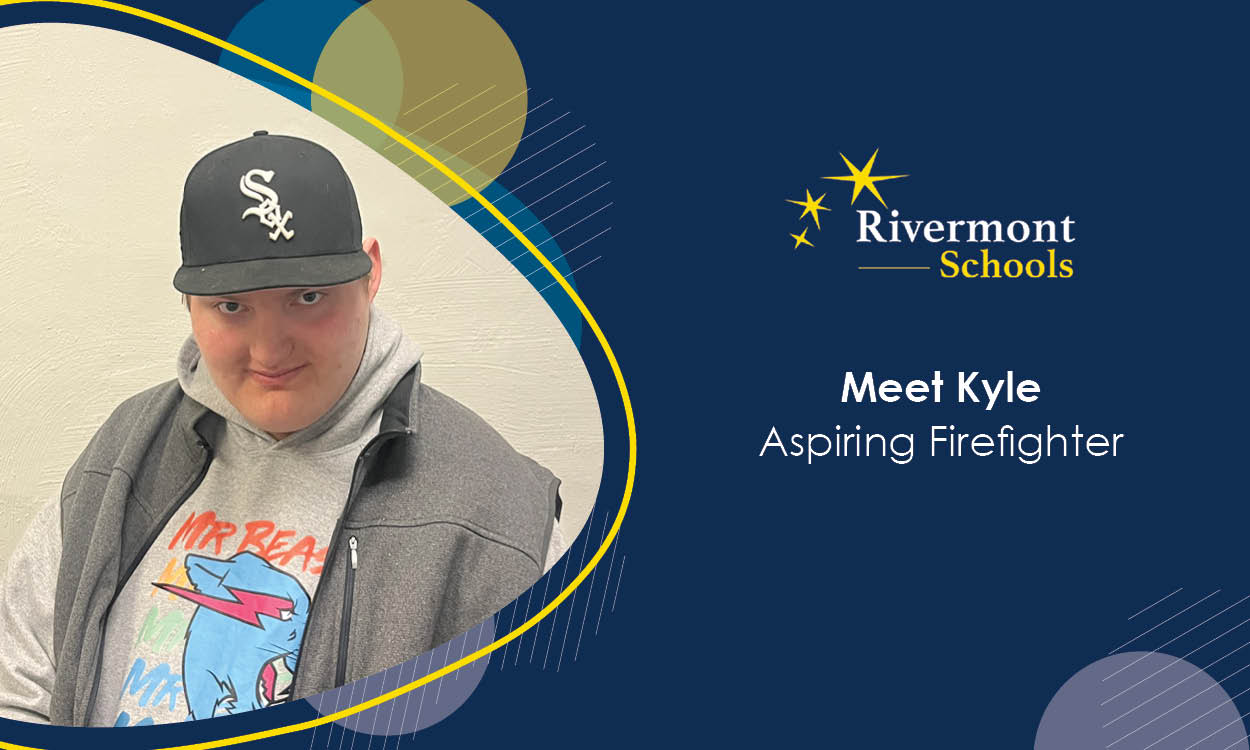What to Know About Establishing Communication within the School Community
Posted: January 31, 2025 | Written By: Sharmin Hossain | Category:
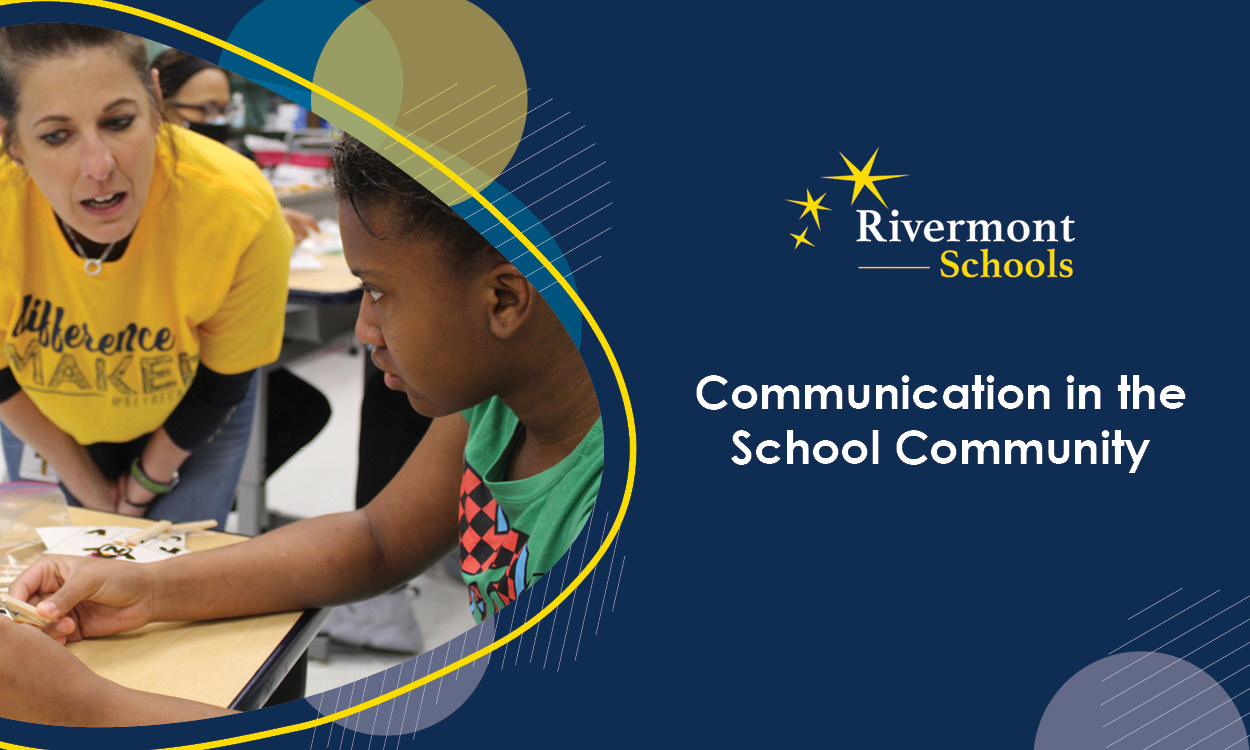
Written by Tiffany Johnson, Behavior Support Leader, Rivermont Schools Roanoke Southeast, part of the New Story network of schools and services
Establishing communication with your school community can seem difficult at times. There are many variations in student age and the communication methods used by each school. In each age bracket, communication can look very different, and there is not one size that fits all. The difference in communication can be different from elementary, middle, and high school students. It is important for parents to remain flexible in meeting these challenges throughout their child’s education.
Elementary School
Schools are typically good communicators during this age of development. This is done through the Parent Teacher Association (PTA) where they get to know the teacher activities. During these years, schools advocate for communication to get to know the student and parent community. Schools are developing remedial activities to ensure students are progressing forward in reading, math and English studies. These remedial activities include tutoring, extra teacher assistance, and after school programs specifically designed for tutoring. If a student is struggling, school personnel may ask for a meeting with the parents to go over other educational opportunities such as an Individual Educational Plan (IEP). This communication is ongoing in the elementary years by teachers, parents and school personnel.
Middle School
Middle School students are the next level in which communication changes for the school and parent communities. During these years, communication will need to be advocated from the parent perspective. This changes because state standards have expectations that are at a greater level than the student’s previous years. Teachers are required to meet more expectations such as curriculums which is where their focus lies over communication. Parents can keep communication open by participating in the PTA, and Parent Teacher Conferences. The parent can hear not only about their child’s progression in the classroom but also what is going on within their school community.
Studies have shown that there has been a drop in PTA involvement in the middle school culture according to the National Parent Teacher Association. One reason this exists is that there is less excitement about school from the middle schooler’s perspective as a result of new, daunting expectations made by their school community. Middle school students are being introduced to tests that determine their level in school in addition to social norms through their peers and society. It is imperative that parents continue strengthening their communication with the student by listening to their child’s needs and concerns. After hearing about the student’s needs, this can be communicated with the child’s teacher to develop a united relationship.
High School
Communication in the high school learning environment is more challenging and requires direct input from the students themselves. Students face numerous challenges and have experienced various transitions in their young adult lives. At this point, students have a better understanding of their learning style. Parents that have stayed in touch with their student’s educational needs will know how to cultivate communication with the school community, but their child as well. In communicating with their high school student, the parent can assist the student in advocating what interests them, and the school community will know what to do to keep that student engaged in the learning process.
Communication is integral for each phase of life; however, it is especially important in the education of our students from elementary through secondary school. Communication helps the educator meet the student where they are with the help of the parent. It is essential that parents communicate with the educators so they can better support their learning community.




